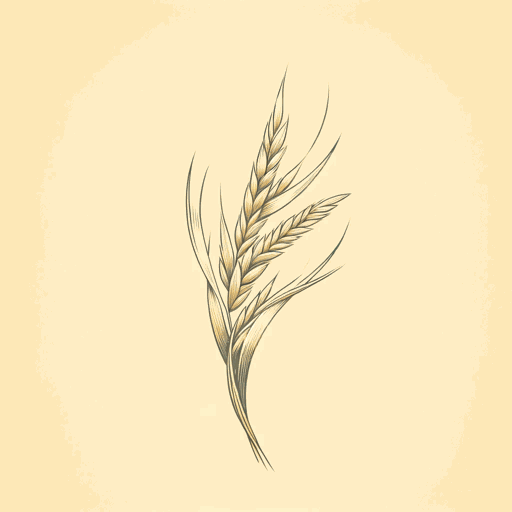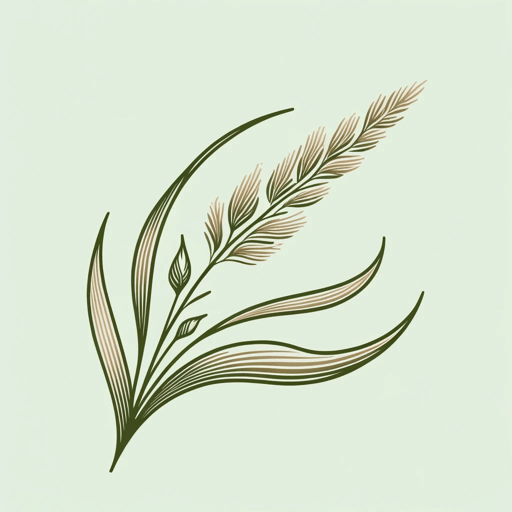95 pages • 3 hours read
Robin Wall KimmererBraiding Sweetgrass: Indigenous Wisdom, Scientific Knowledge, and the Teachings of Plants
Nonfiction | Book | Adult | Published in 2013A modern alternative to SparkNotes and CliffsNotes, SuperSummary offers high-quality Study Guides with detailed chapter summaries and analysis of major themes, characters, and more. For select classroom titles, we also provide Teaching Guides with discussion and quiz questions to prompt student engagement.
Exam Questions
Multiple Choice and Long Answer questions create ideal opportunities for whole-book review, unit exam, or summative assessments.
Multiple Choice
1. What is Kimmerer’s main rhetorical purpose in sharing traditional Indigenous stories throughout the text?
A) The stories demonstrate similarities between Western and Indigenous thinking.
B) The stories provide evidence of the accuracy of Indigenous ecological science.
C) The stories convey the Indigenous perspective on the natural world.
D) The stories illustrate the impact that neglecting the environment will have.
2. Based on your reading of the text, which of the following statements would Kimmerer most likely agree with?
A) Market economies can be used to spur positive environmental changes.
B) Indigenous science is superior to Western science.
C) Reciprocal relationships of many kinds promote human happiness.
D) Human beings should stop taking resources from the environment.
3. In which of the following chapters is the balance in Kimmerer’s life between her academic training and her cultural beliefs most evident?
A) “Allegiance to Gratitude”
B) “Miskos Kenomagwen: The Teachings of Grass”
C) “People of Corn, People of Light”
D) “The Honorable Harvest”
4. Which of the following is the most reasonable interpretation of the text’s frequent mentions of mothers and motherhood?
A) Just as human mothers care for their children, the Earth cares for all animate beings.
B) Motherhood means making countless sacrifices on behalf of one’s children.
Related Titles
By Robin Wall Kimmerer


